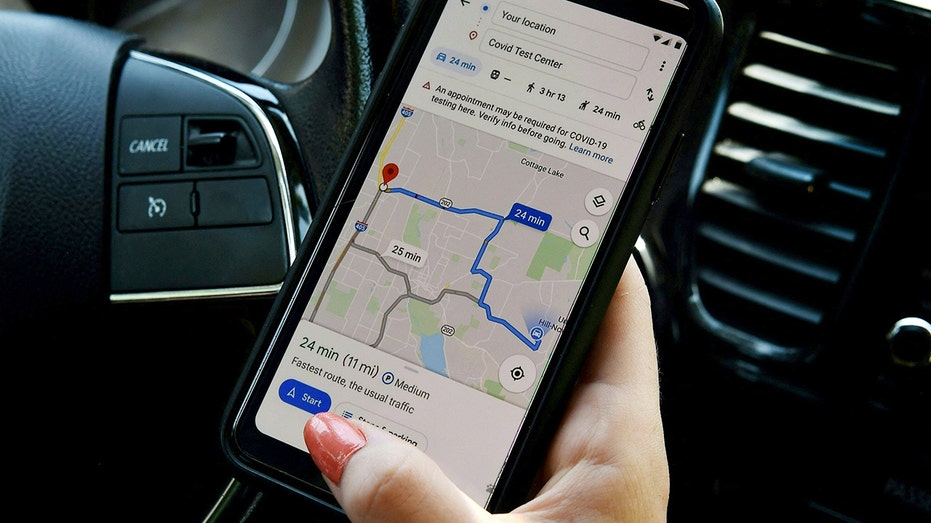Navigating the Future: Comparing Google Maps, Waze, and Apple Maps in 2025

In today’s fast-paced world, reliable navigation apps have become essential tools for millions worldwide. Whether commuting, exploring new destinations, or running errands, the right app can significantly enhance your travel experience with accurate directions and real-time traffic updates. Over the past decade, Google Maps, Waze, and Apple Maps have dominated the navigation landscape, each offering unique features tailored to different user preferences.
Overview of Major Navigation Apps
Google Maps is often regarded as the most comprehensive and versatile navigation solution. It combines extensive mapping data with a multitude of features such as points of interest, public transit info, Street View, augmented reality navigation, and detailed business listings. Its broad functionality makes it suitable for everyday commuting, international travel, and everything in between.
Waze, owned by Google, excels as a driver-centric app. It leverages a large community of users to provide live updates on traffic conditions, accidents, hazards, police presence, and more. Its real-time alerts help drivers avoid congestion and arrive faster, making it the go-to app for daily commuters seeking efficiency on the road.
-
Tesla Reintroduces ‘Mad Max’ Mode in Latest Self-Driving Update, Sparks Debate on Safety and Innovation

- Amazon Basics 27-Inch Monitor Review: Affordable 1080p Display with Built-in Speakers
-
Drones Take Over Retail Security: The Future of Shoplifting Prevention

-
NASA Wins Temporary Funding Fallback as U.S. Budget Deadlock Risks Shutdown

Apple Maps has undergone significant improvements, positioning itself as a strong choice for iOS users. Known for its sleek, minimalist interface, privacy-first approach, and seamless integration with Siri, CarPlay, and Apple Watch, it offers a cohesive experience within the Apple ecosystem, especially for those valuing simplicity and privacy.
User Interface and Usability
Each app caters to different usability preferences. Google Maps features a dense but intuitive layout with layered information, including traffic, satellite views, and transit routes. Its search function provides detailed business profiles, ratings, and operating hours, supporting multiple transportation modes.
Waze’s interface is bold and alert-driven, emphasizing real-time driving support. Its visual cues—like alerts for traffic jams, accidents, and hazards—are designed to keep drivers focused on the road, though some may find the interface slightly cluttered.
Apple Maps offers a streamlined, minimalistic design prioritizing ease of use. It integrates smoothly with iOS features, making navigation, location searches, and turn-by-turn directions straightforward and efficient for Apple device users.
Routing Accuracy and Traffic Updates
Google Maps remains the most reliable for precise routing and travel times, utilizing AI-enhanced predictive algorithms combined with real-time and historical traffic data. Its consistency across urban and rural areas makes it a trusted choice for varied travel scenarios.
Waze specializes in dynamic rerouting based on crowd-sourced reports, often detecting delays or hazards before other apps. However, its effectiveness diminishes offline or in areas with poor data coverage.
Apple Maps has made substantial progress, especially in densely populated areas, with traffic data sourced from millions of iPhones. Its privacy-centric approach processes data locally, but in less populated or international regions, it may lag behind Google Maps and Waze.
Additional Features and Ecosystem Integration
Google Maps offers offline maps, augmented reality navigation, multi-stop routing, EV charging station locations, and indoor maps for airports and malls. Its integration with Google services like Gmail, Calendar, and Assistant creates a seamless travel experience.
Waze emphasizes social features such as hazard reporting, police sightings, and media controls for Spotify or podcasts, enhancing the driving experience without switching apps.
Apple Maps focuses on privacy and ecosystem benefits with features like “Look Around” (Street View equivalent), EV routing, cycling paths, and tight integration with Siri. Apple also ensures user privacy by blurring faces and license plates in its imagery for AI training.
Privacy and Data Handling
Privacy remains a key differentiator. Google Maps collects detailed location and usage data to personalize recommendations and advertisements, offering a highly tailored experience at the expense of user privacy.
Waze shares anonymized driving data to improve community reports, requiring real-time location sharing, which may concern privacy-conscious users.
Apple Maps processes most data on-device, assigns random identifiers instead of personal accounts, and avoids linking searches to Apple IDs, prioritizing user privacy even while collecting anonymized traffic data for improvements.
Choosing the Right Navigation App
Ultimately, selecting the optimal navigation app depends on your priorities. Google Maps is ideal for users seeking versatility, detailed data, and broad coverage across modes of transportation. Waze is best for drivers focused on real-time traffic updates and community-driven alerts. Apple Maps suits those embedded in the Apple ecosystem who prefer a simple, privacy-conscious experience.
